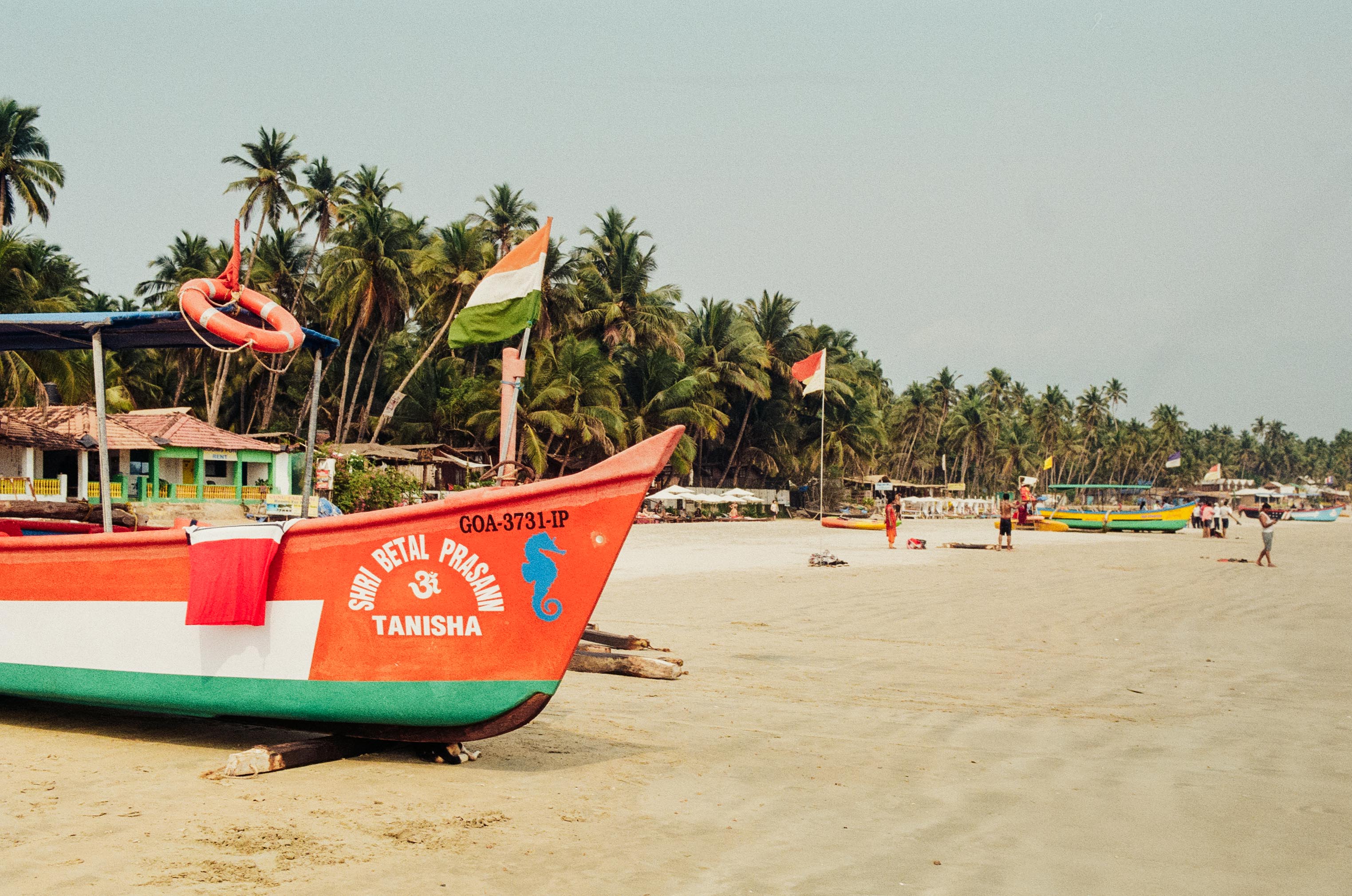
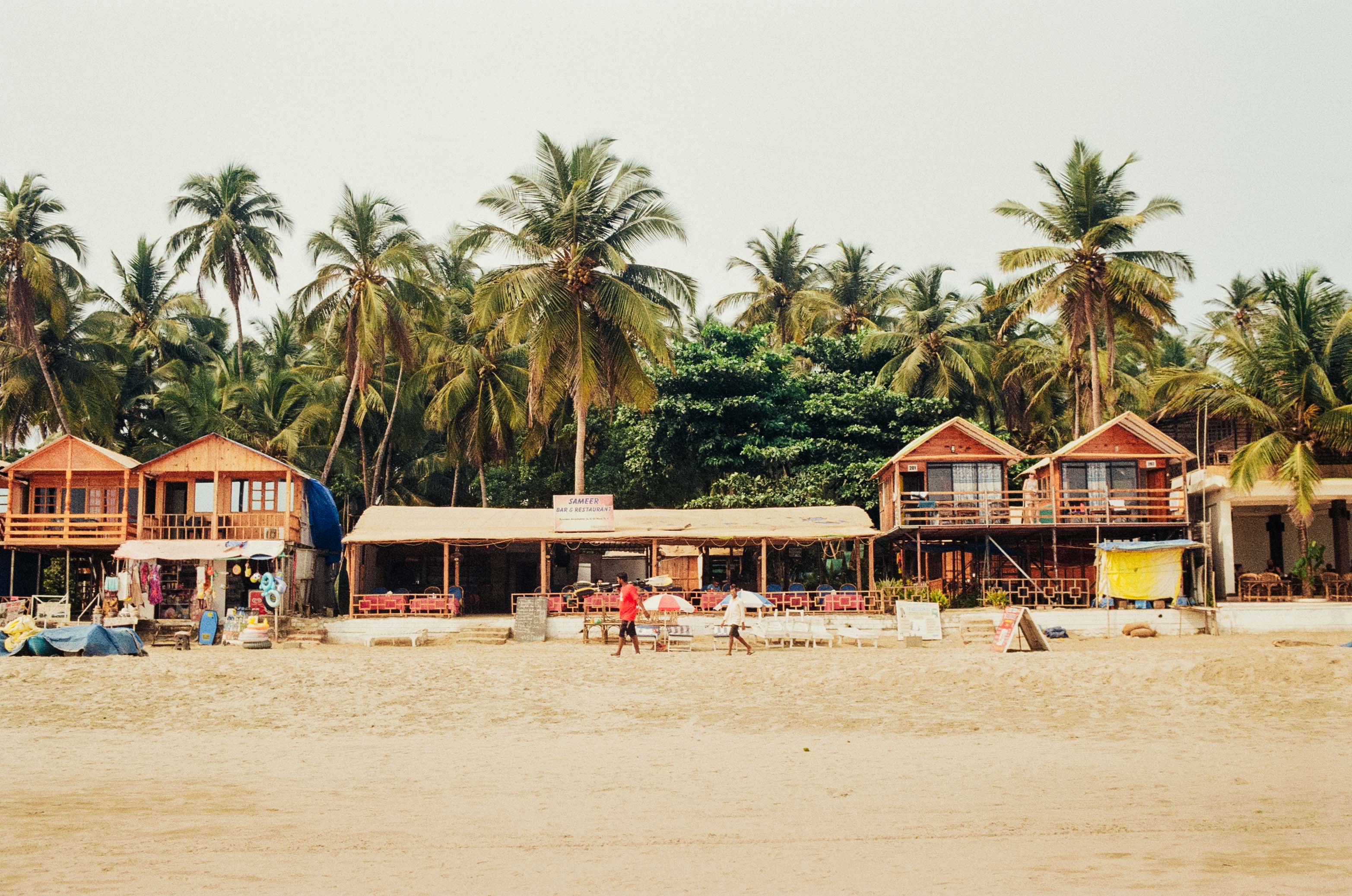
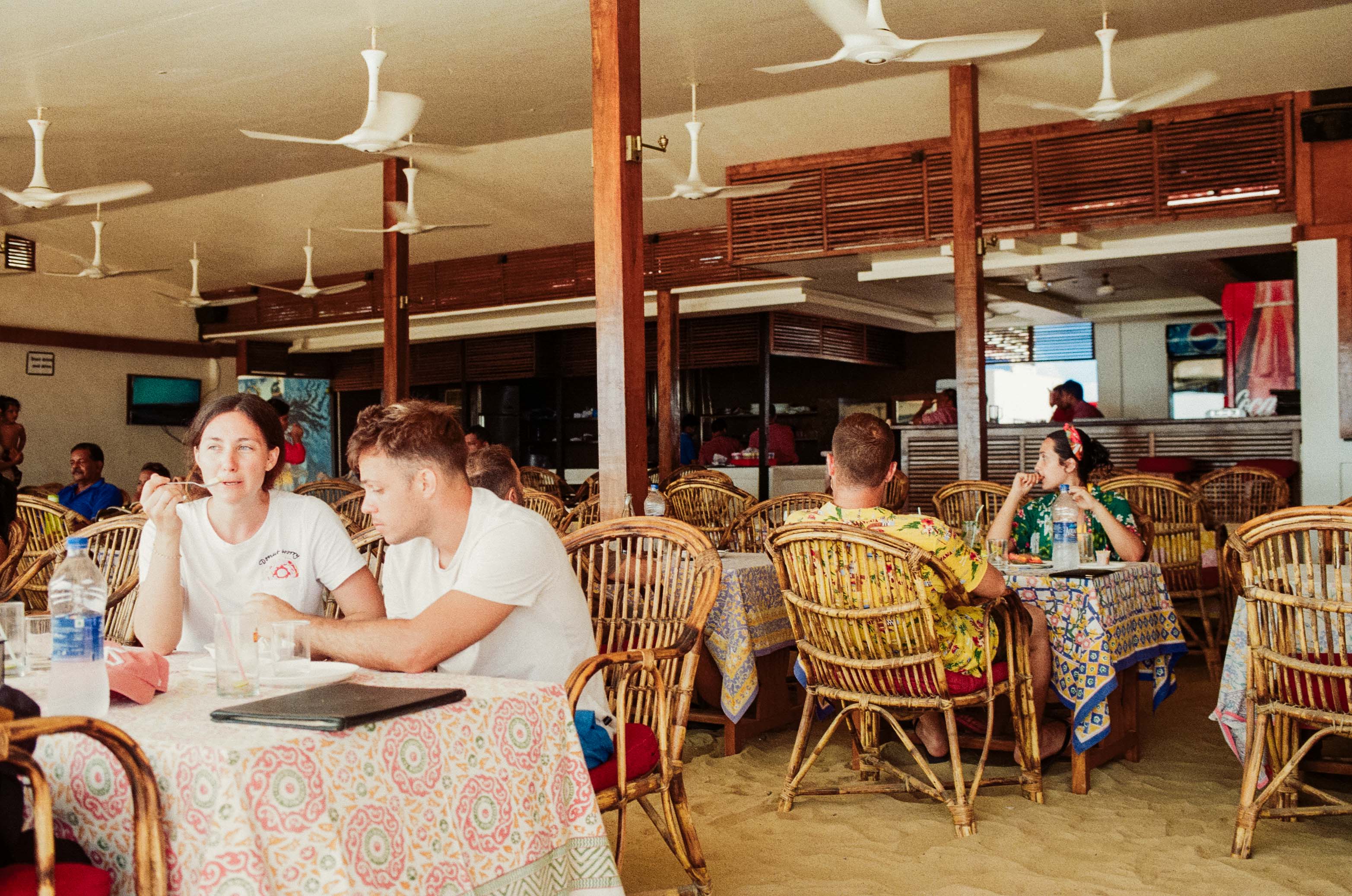 Dropadi restaurant, a local institution, and its sandy floors blurring boundaries between beach and bar/restaurant.
Dropadi restaurant, a local institution, and its sandy floors blurring boundaries between beach and bar/restaurant.We find our favourite spots: Shree Ganesh, an Indian cafe housed within a bright pastel-painted concrete box serving traditional thali plates and our favourite dosas (rice and lentil pancakes served with all manner of chutnies and sauces, heart-breakingly only served at breakfast time), Little World, a health food cafe offering vegetarian salads and breakfasts with an Indian twist, Dropadi on the beach side, what seems to be an institution that’s always full, serving fresh seafood cooked on the barbecue with indian spices and sauces.
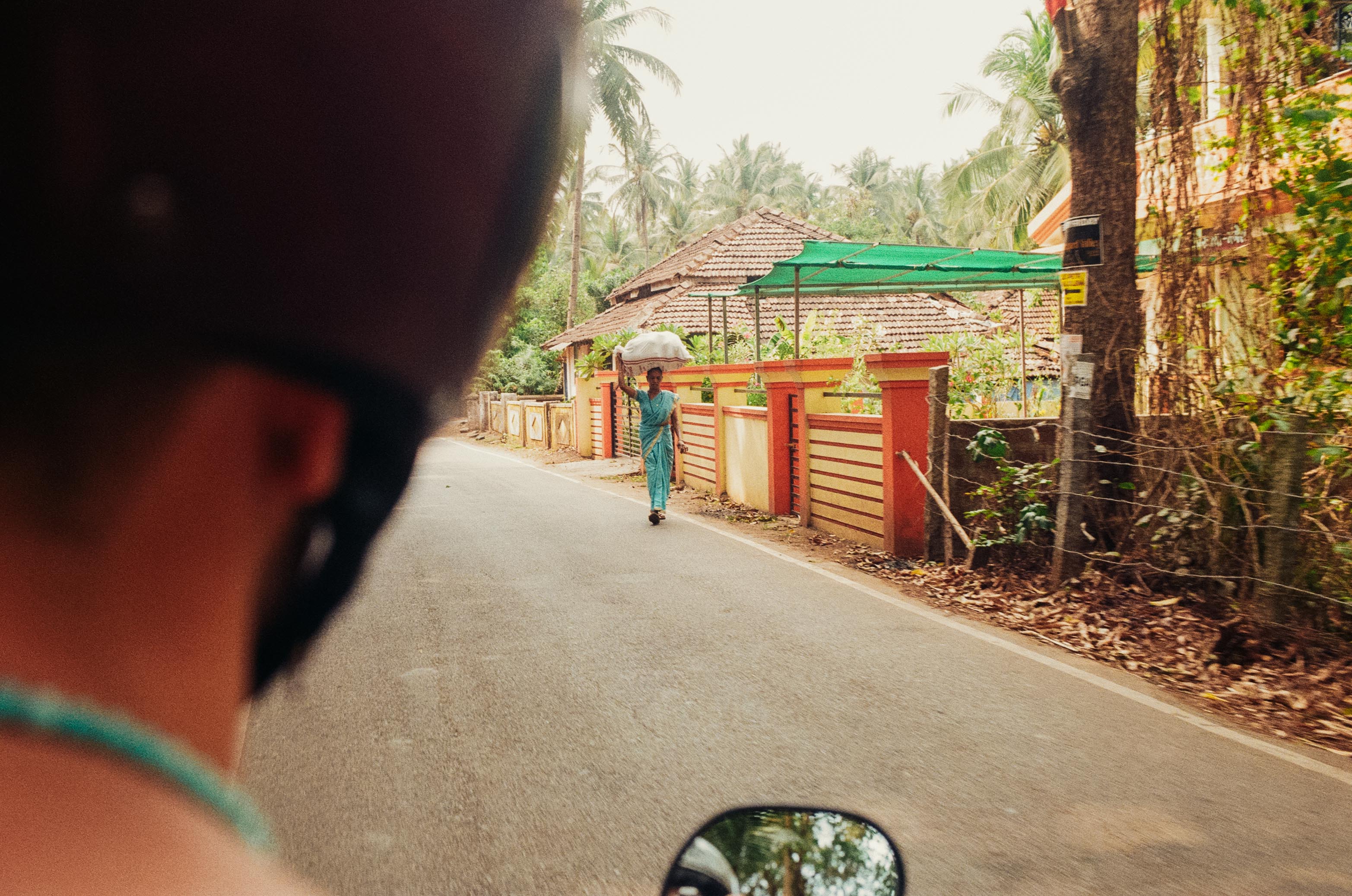


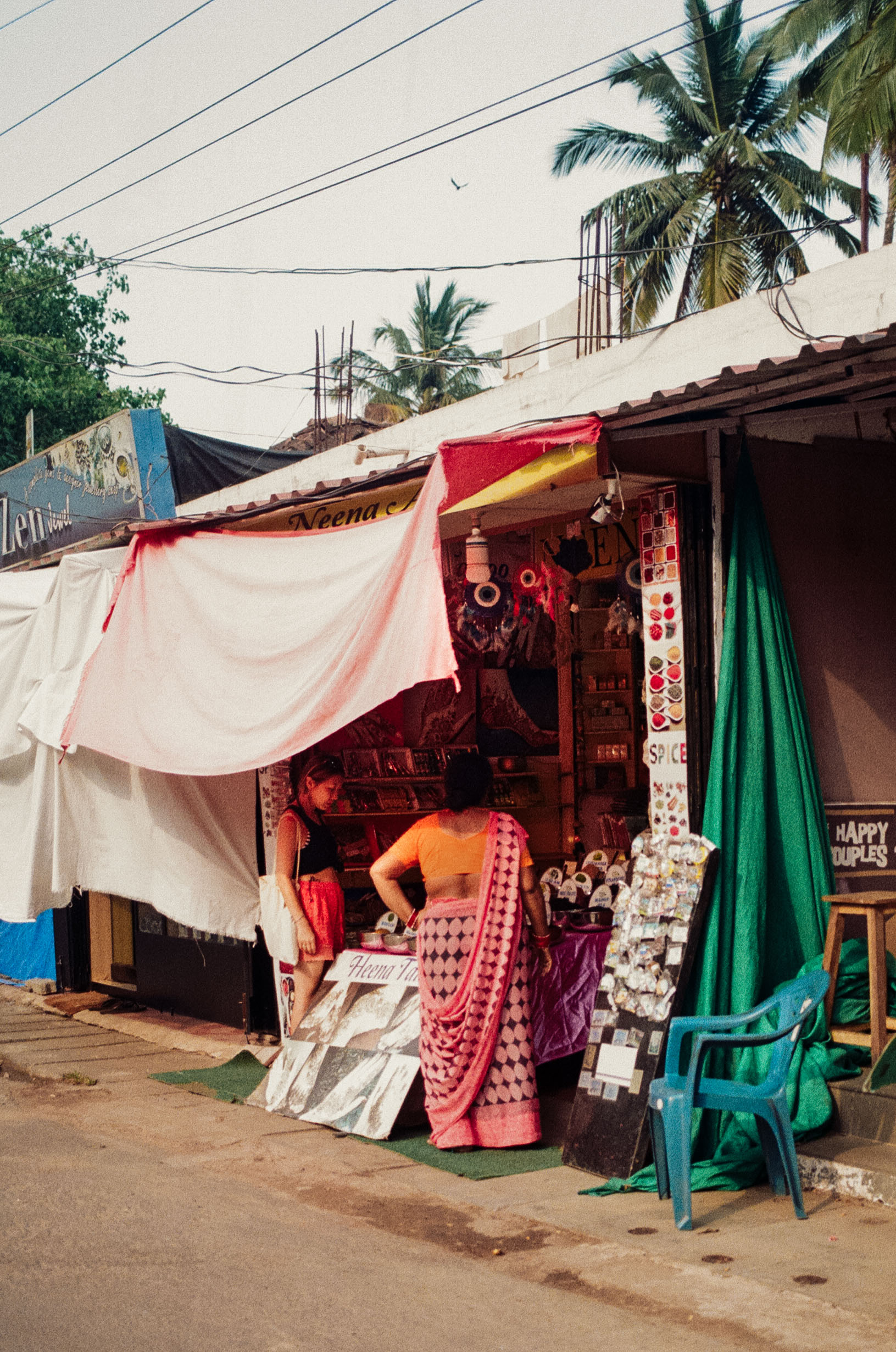
Getting Around
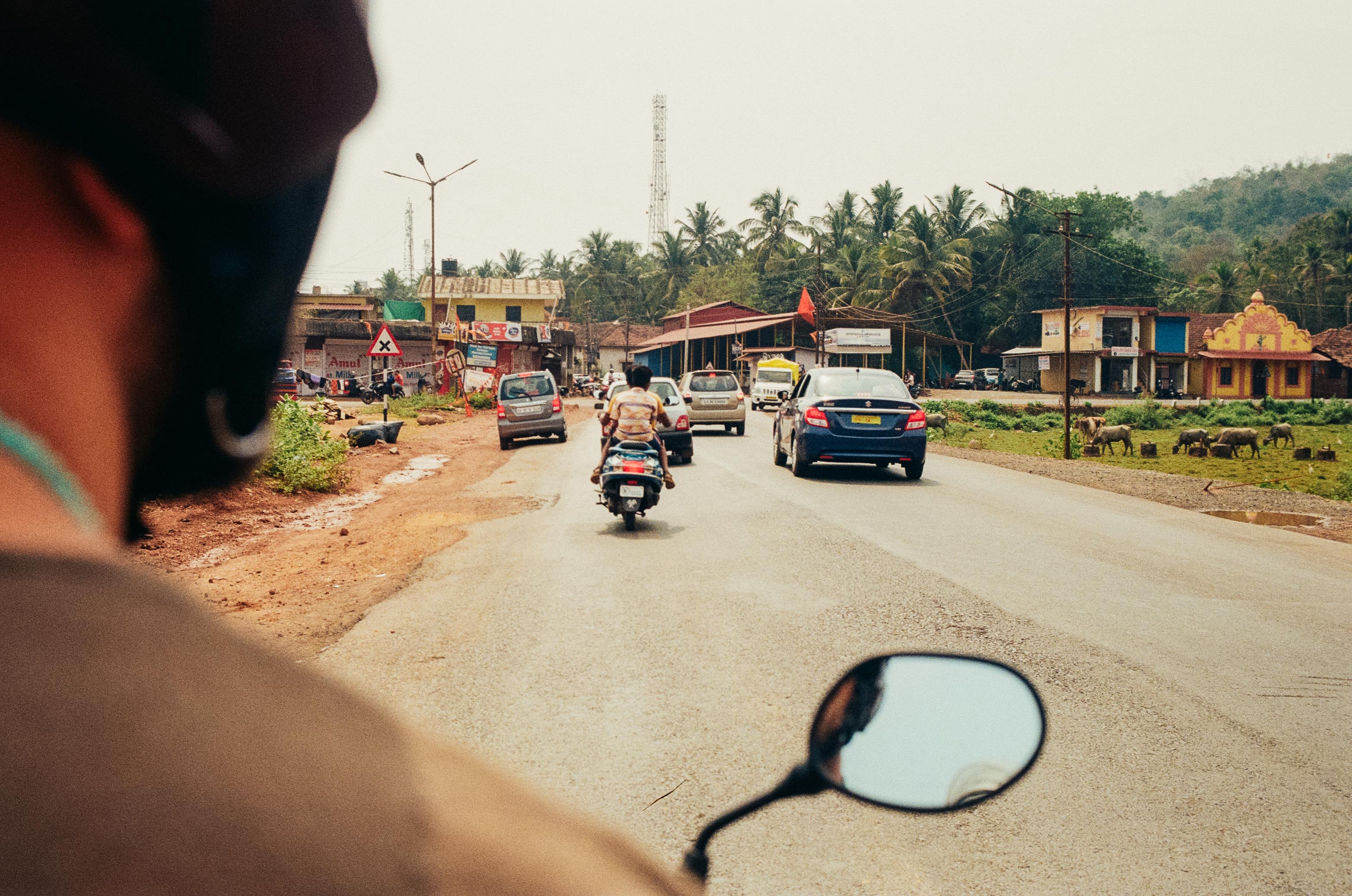 In town, on the road to Palolem Beach.
In town, on the road to Palolem Beach.As soon as we arrive, we head out to find a scooter to rent; it’s not hard. We ask around along the main ‘Downtown’ street and we easily find a guy renting them. We give him a tiny deposit and he gives us the keys to our scooter for the next week, no passport, address or even first name required. They seem to rent to tourists based on the honour system which I find charming. We use our scooter to get around Palolem and to start exploring the other beaches of South Goa.
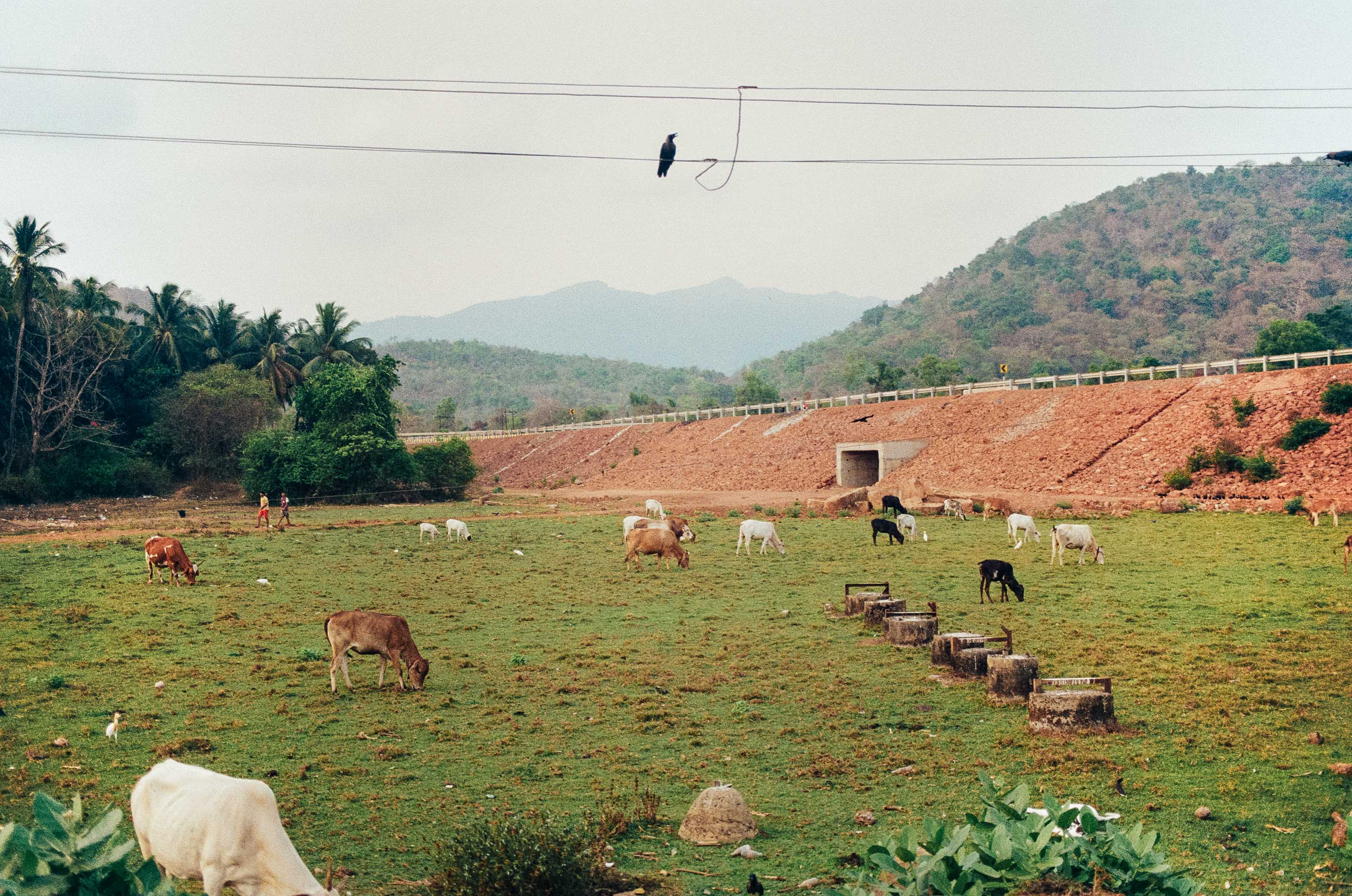 Delightfully wild scene by the side of the highway.
Delightfully wild scene by the side of the highway.Agonda Beach
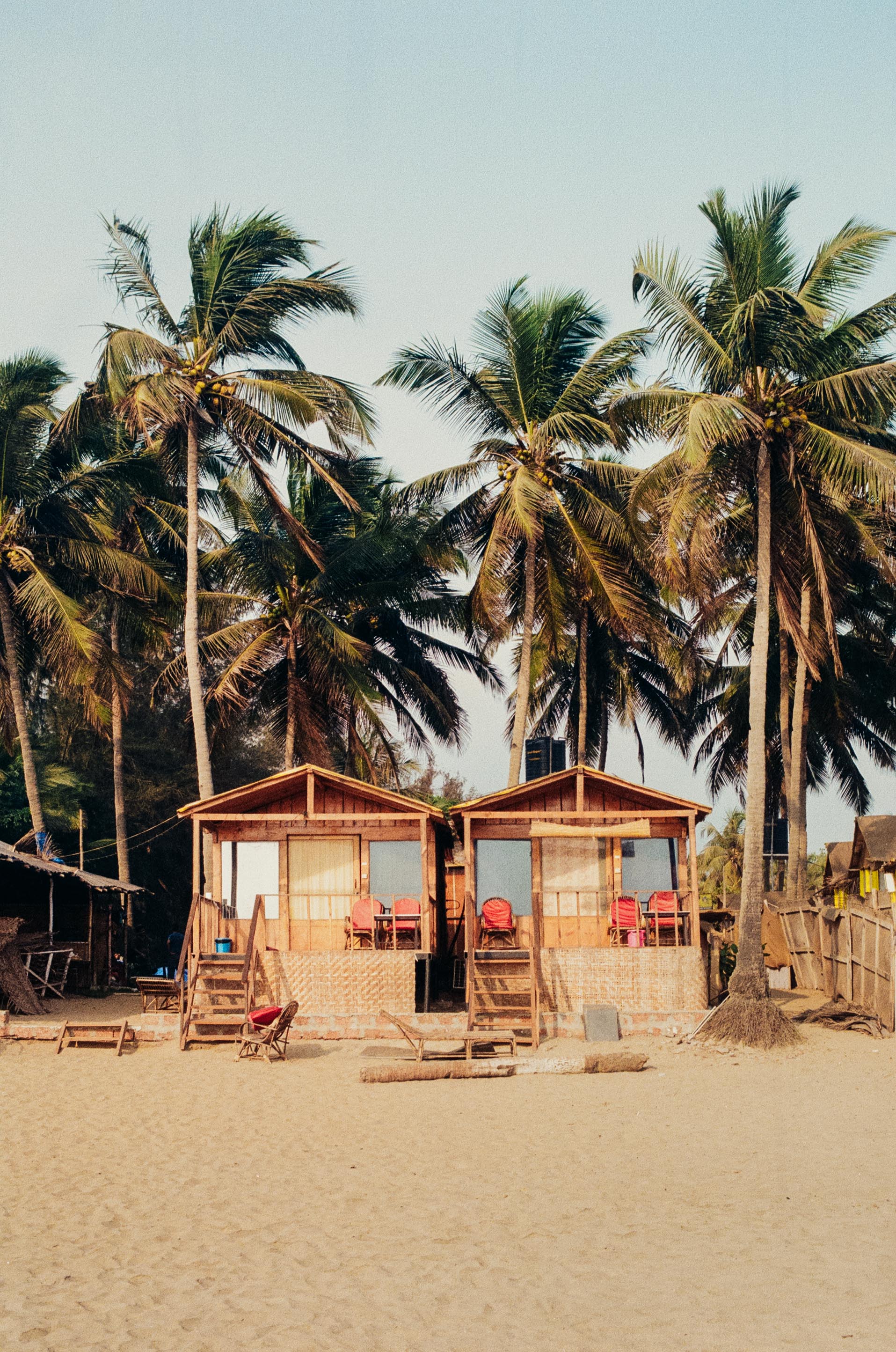
We venture to Agonda Beach a few times and find a more modern, slightly more developed strip of sand, the beach is longer and more exposed to the elements than Palolem Beach; we almost get blown away one windy afternoon there.
Agonda is noticeably more upmarket than our base at Palolem, a little more yippy (short for yuppy-hippy) than hippy. We come to love this area for its modern, hipster cafes, our favourite is Kopi Desa for the international food and cocktails in a cool and chill beachy setting.
One evening, we walk along the sand after dinner and discover phosphoresence in the sea and sand, a magical luminous glow emanating from millions of tiny marine organisms.
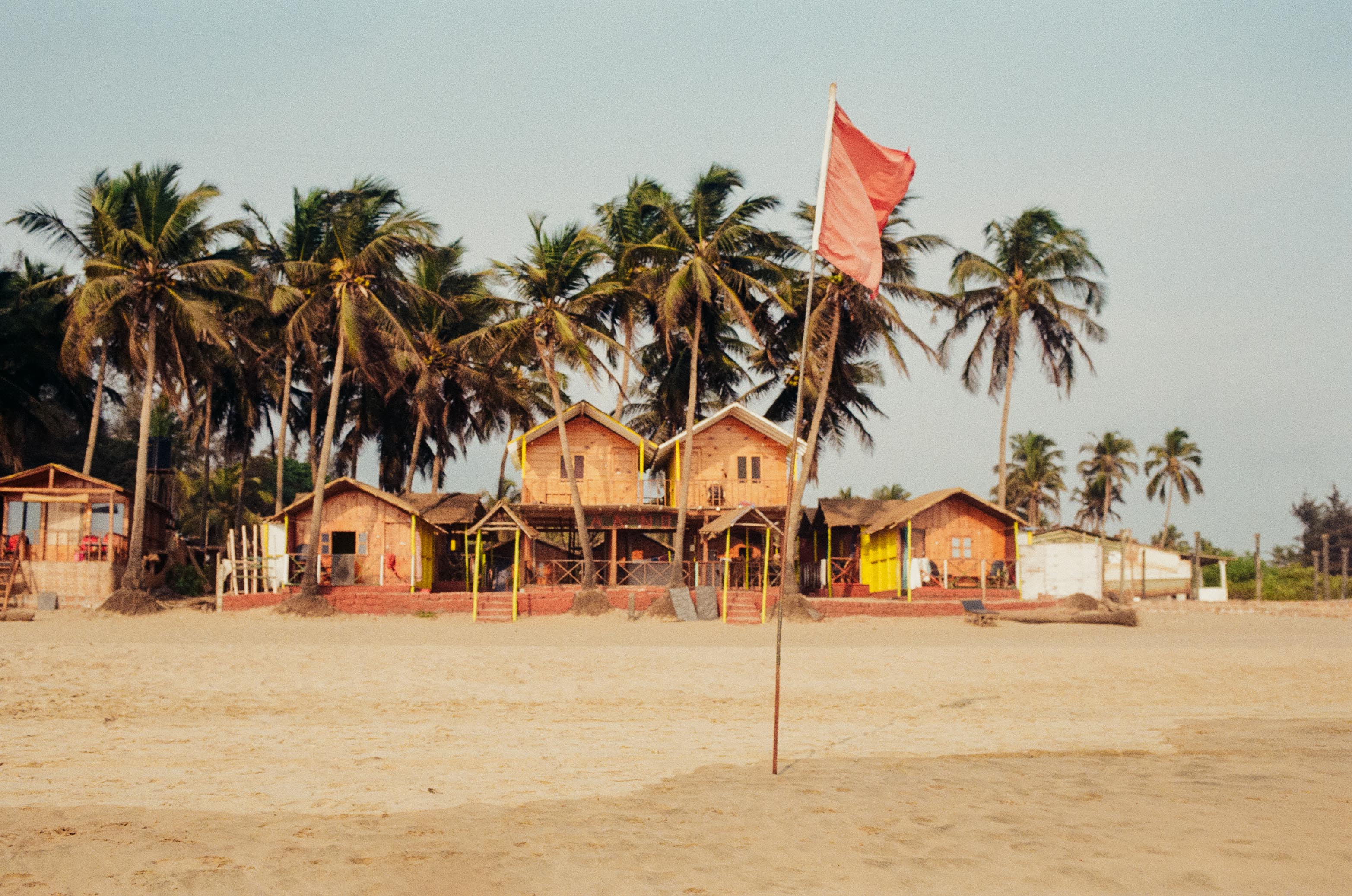
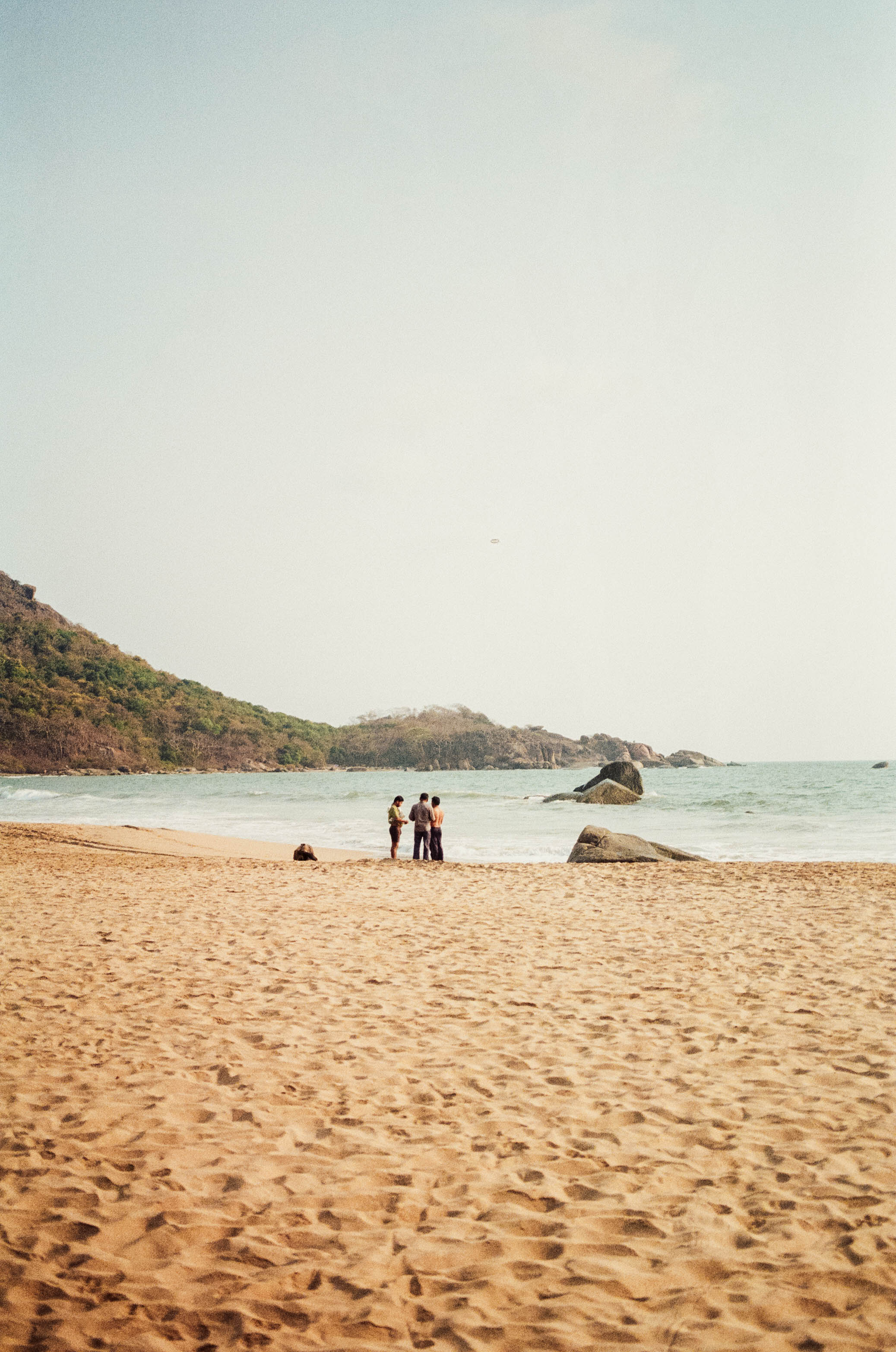

Right, cashew apples, both contain a seed: the cashew “nut”.

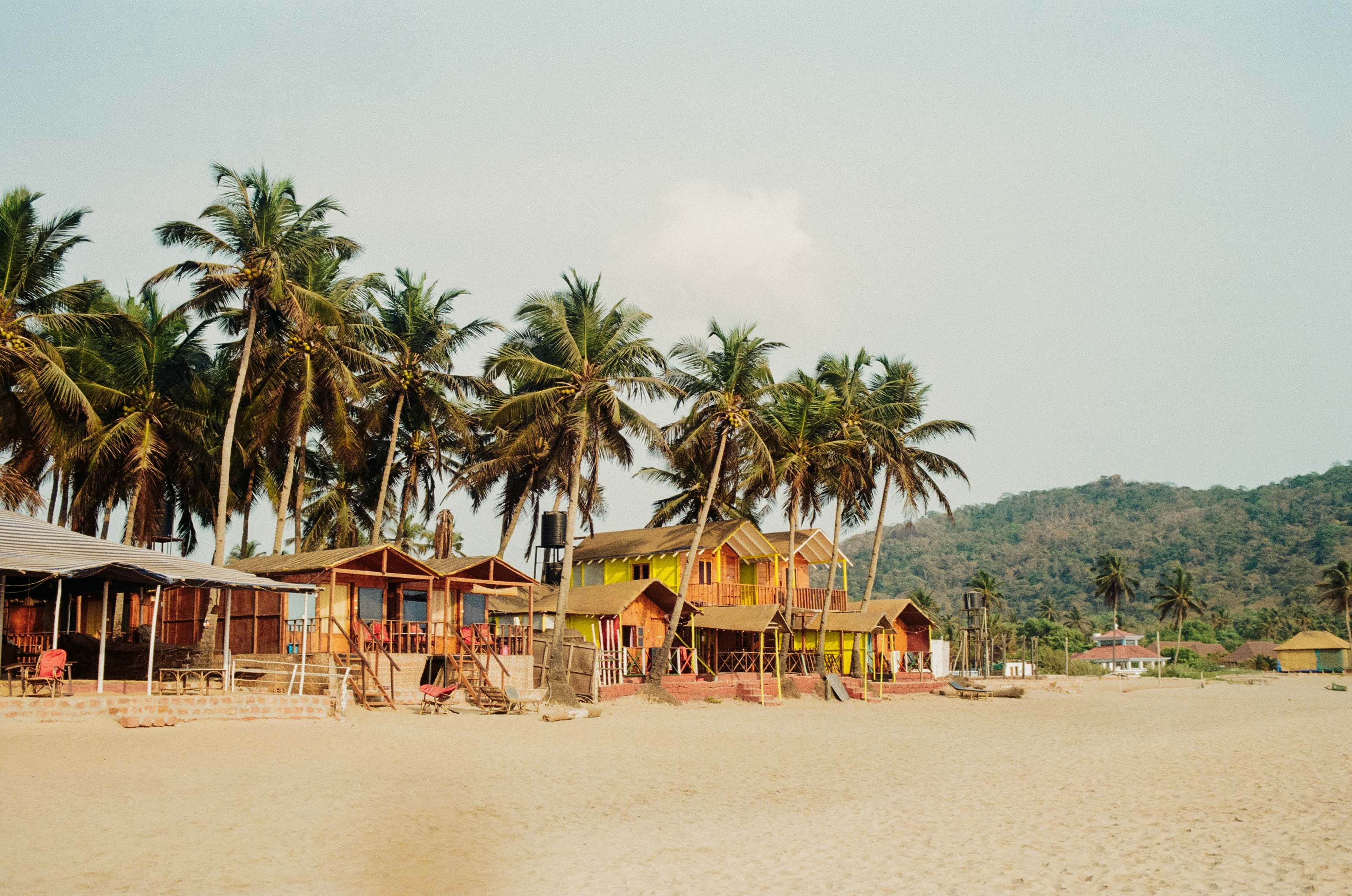
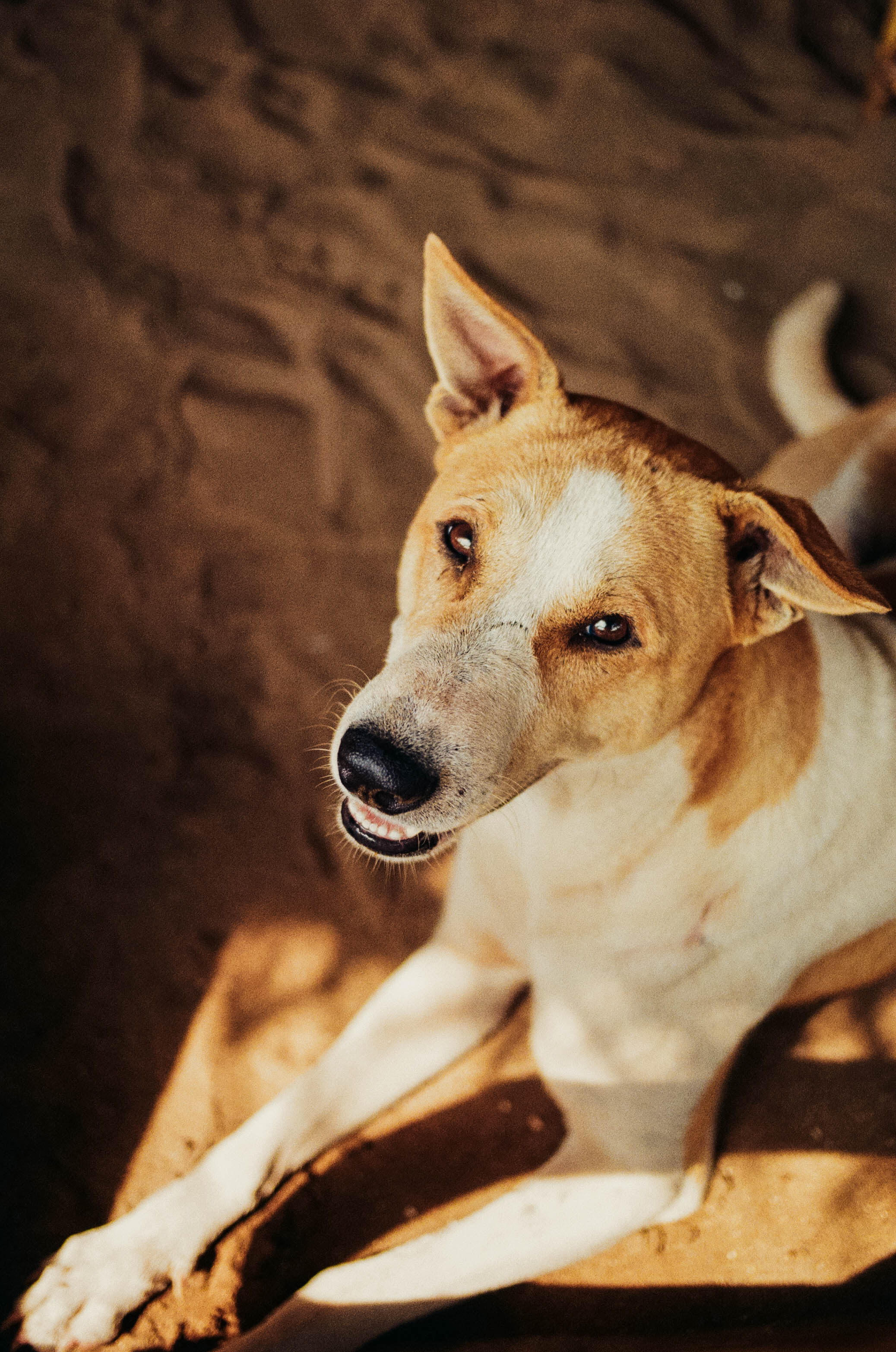
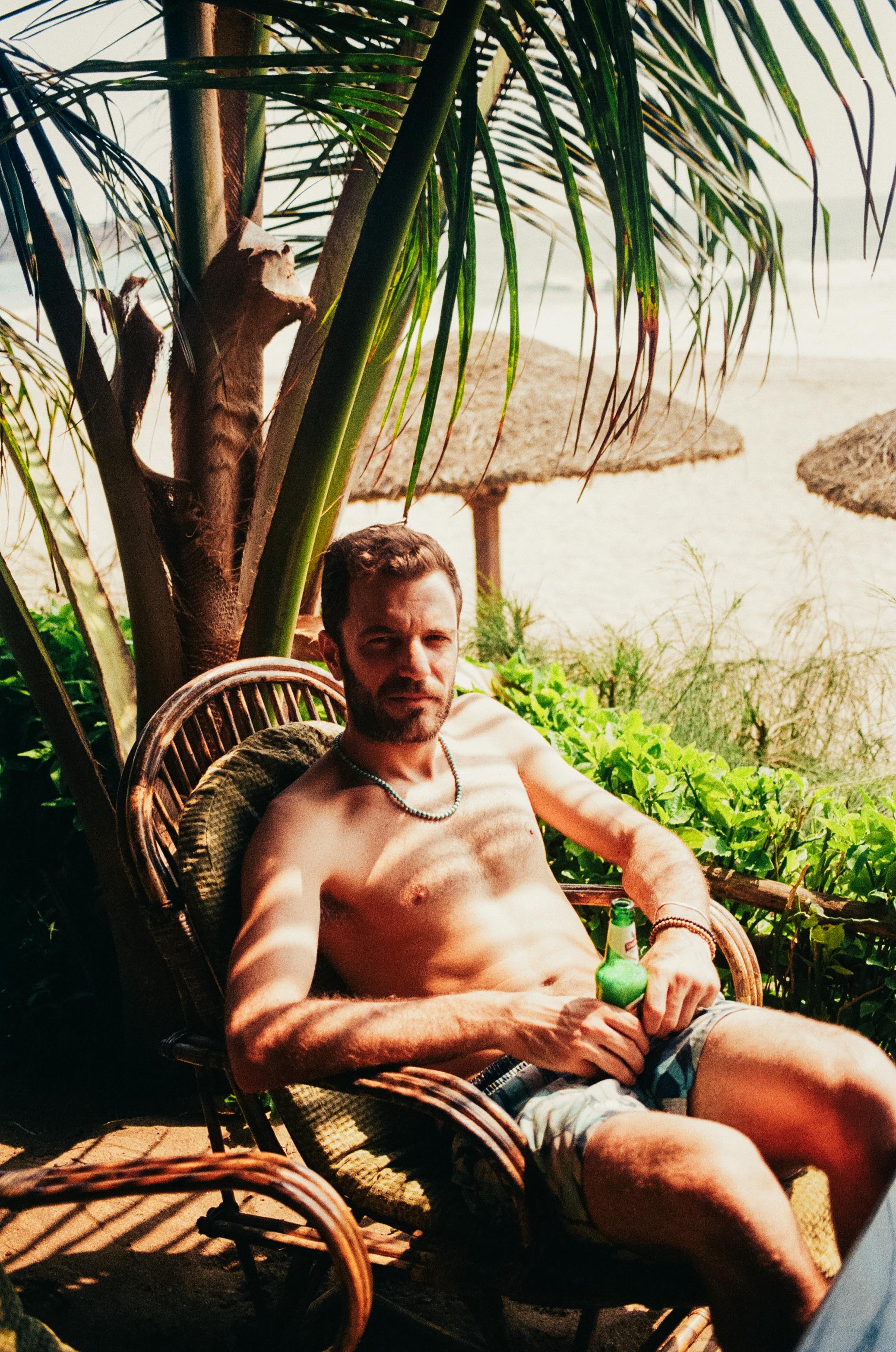
At Sunset
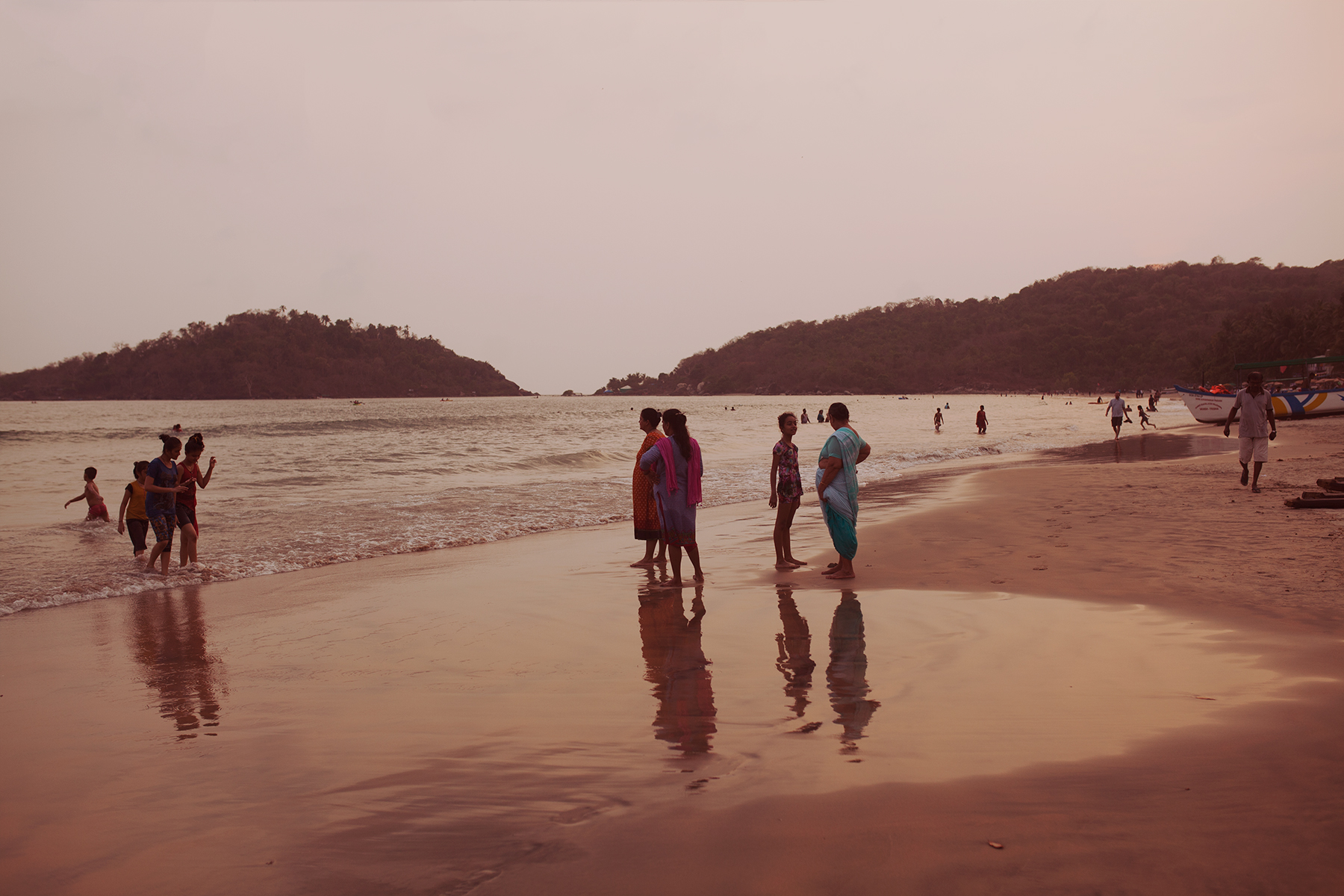
It starts to get too hot to venture outside into the sun during the days; I start to feel the necessity of the imminent arrival of the monsoon season to break this relentless heat. We start working during the days, reteating inside our air-conditioned apartment to our laptops and the wi fi.
For digital nomads and anyone looking to bring their laptop with them to South Goa, I can definitely recommend finding a clean, air-conditioned apartment with wireless Internet (check the reviews of the Internet quality!) just off the beach around Palolem or Agonda. The internet worked fairly well where I was, though at the time I went (2018) it wasn’t good enough for a reliable video call, and there were minimal power cuts during my stay.
Every day, we wait until the sun goes down and then drive the short drive to Palolem beach for our daily beach trip. We watch the light fade immersed in the warm water, riding the gentle waves, only emerging after it gets too dark to see. The water stays warm enough to keep us warm even without the sun’s rays.
We’re not the only and definitely not the first ones with this ingenious sunset beach trip idea. Local families, the women is beautiful saris, stroll the shore together too at this time of day and fishermen get together in groups to cast their nets out into the waves.

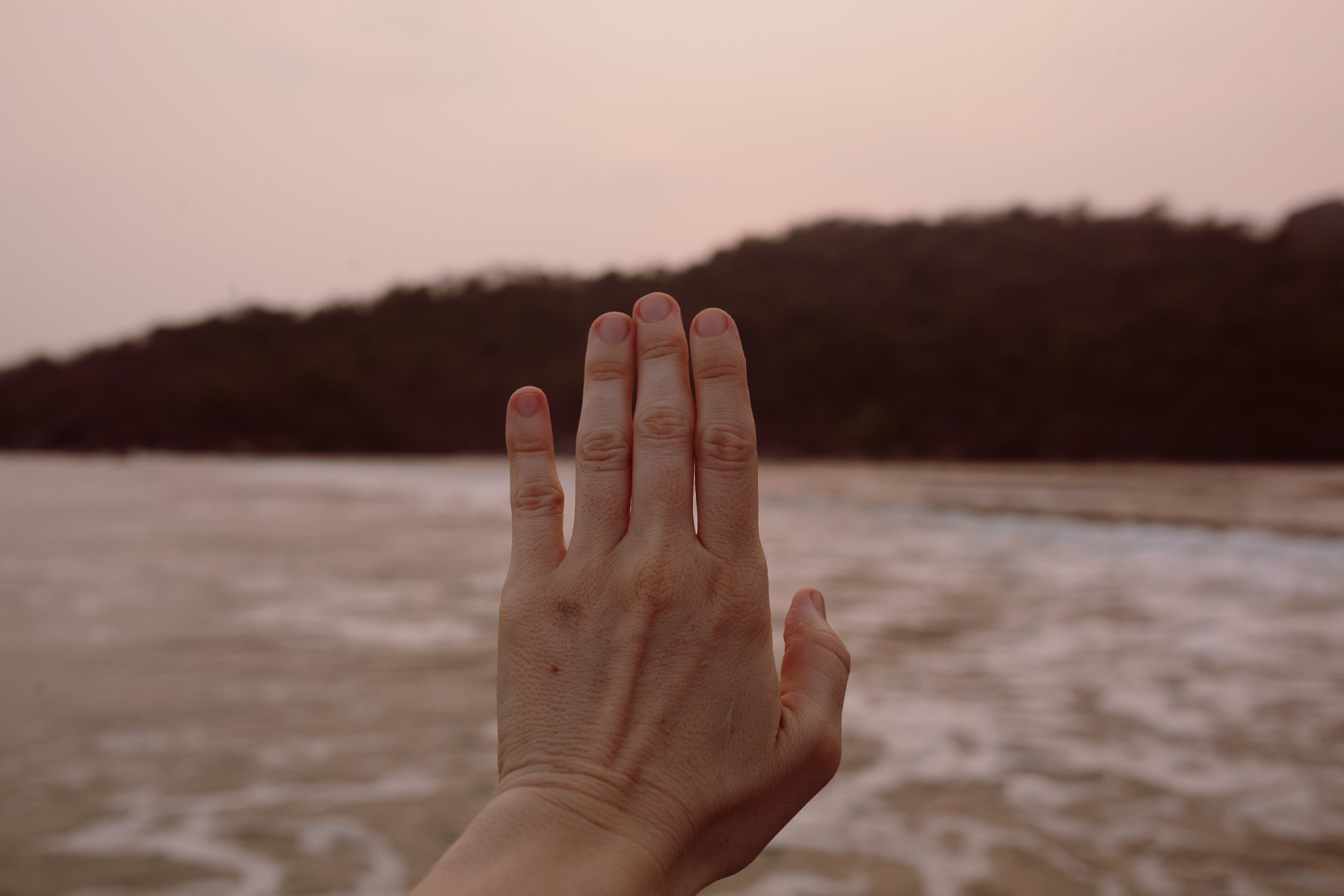

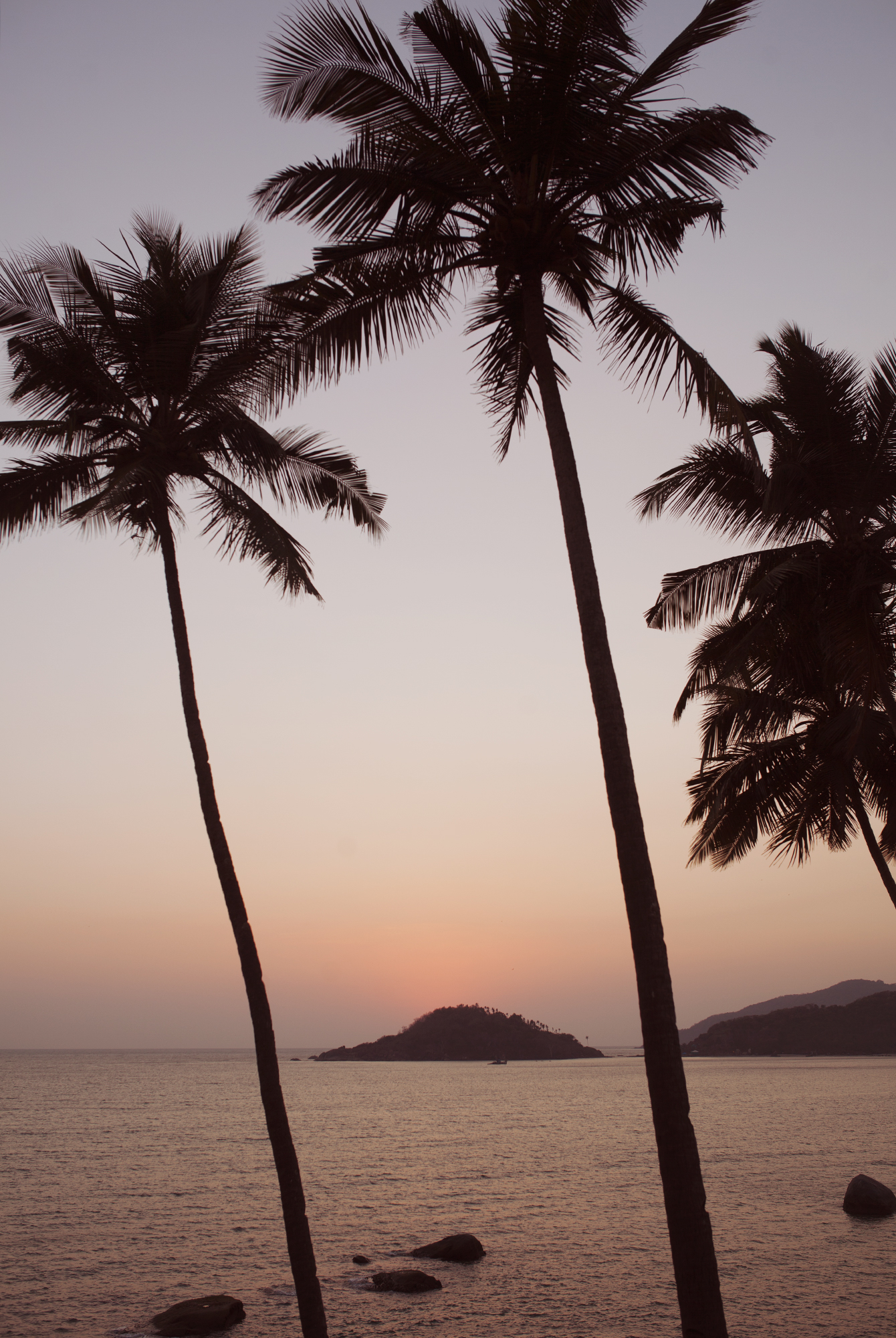 A Palolem Beach sunset from our beach bungalow on the hill.
A Palolem Beach sunset from our beach bungalow on the hill.In spite of all my nostalgic fantasies, I’m quite sure nothing could ever come close to the real-deal, free-love Goa of the sixties and seventies. From what I eventually saw for myself of North Goa though, the southern beaches around Palolem and Agonda offered something closer to that ideal than the original hallowed grounds.
North Goa didn’t seem in desperate need of any more tourists; even at the end of the season it was clear the huge impact over-tourism has had on the area. The good news: a new sustainability and conservation plan is being implemented in the area, more on this topic: 7 Awesome Ways Goa is Going Green and Reinventing Goa, India’s Hedonistic Beach Hideaway.
While the Goa we’ve all read about might be long gone, there’s still something special here in South Goa for the flower-power, peace-and-wild-loving soul. With down-to-earth, barefoot beach towns, natural, undeveloped beaches, a mix of local Indian eateries and vegan-leaning healthfood cafes, the modern hippie can find their nirvana here.
Follow my South Goa map with a few of my favourite spots pinned down including the beach bungalow where we stayed.
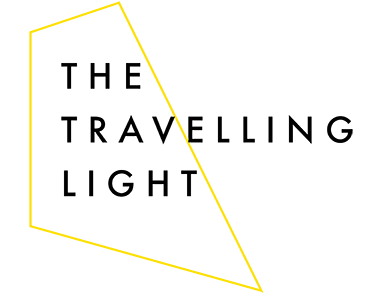
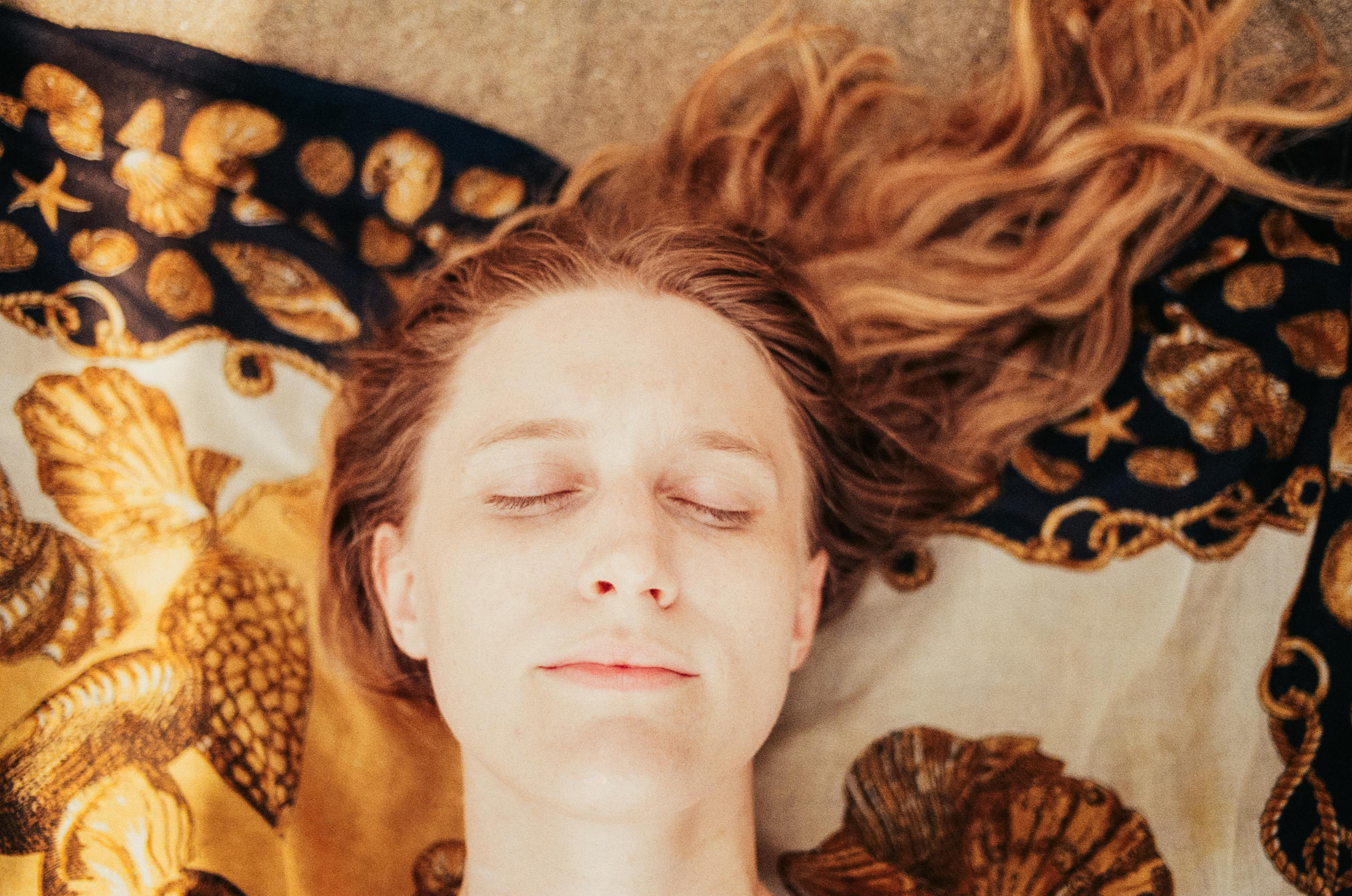




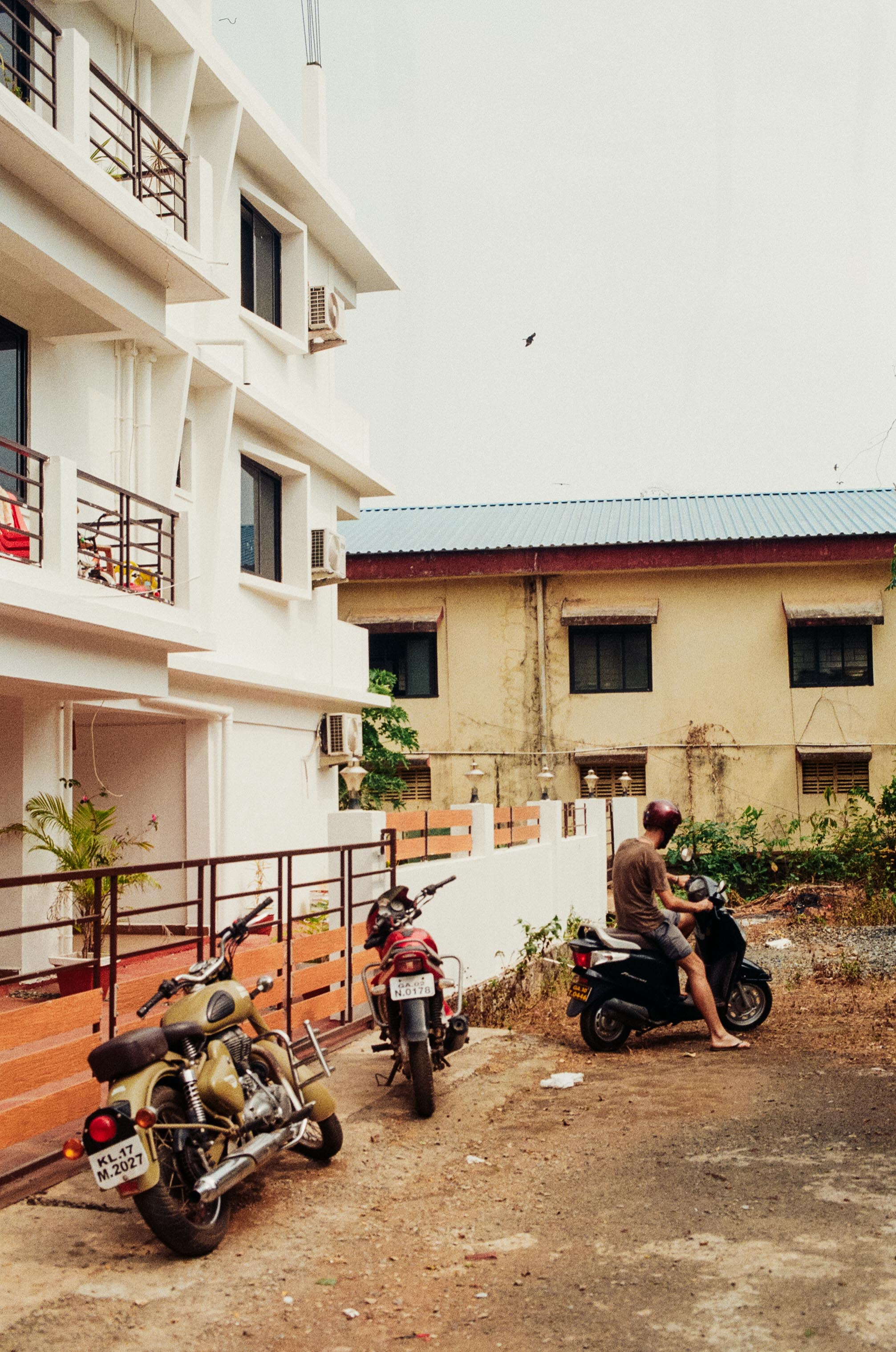 Outside our new apartment in a nearby town.
Outside our new apartment in a nearby town.